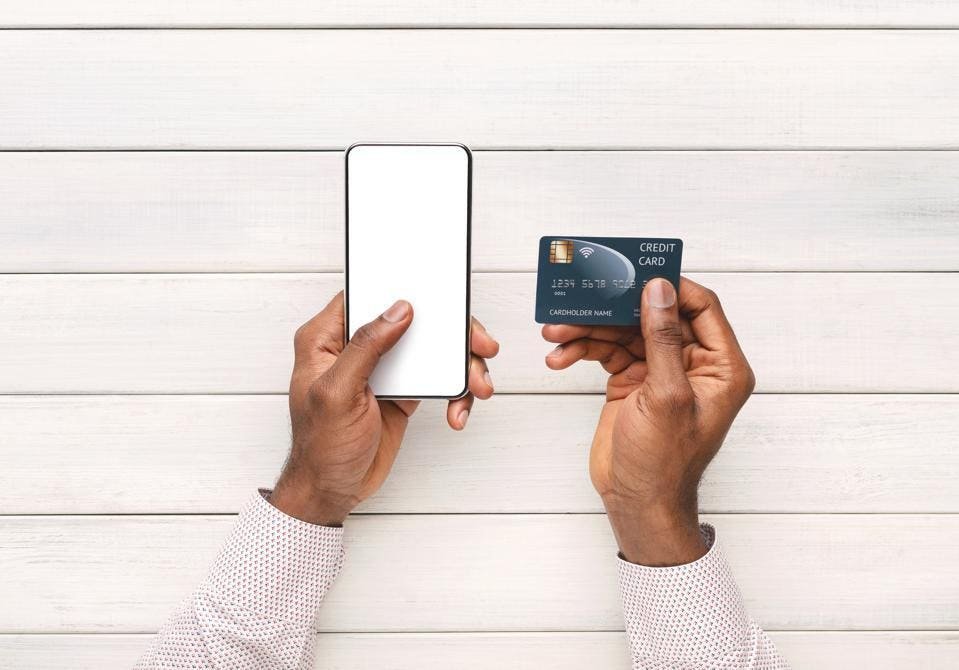The Annual Percentage Rates (APRs) charged on a credit cards have been steadily creeping up since the recent cycle of interest rate rises.
It’s not uncommon to see standard credit card APRs charging around 25% (variable) and higher. It may be possible to avoid paying this interest with a 0% purchase and/or balance transfer card, if you’re eligible and have a good credit score, for example.
However, these interest-free periods are promotional and temporary. They revert to high APRs at the end of the stated number of months.
This means that, unless you clear any balance or transfer it to a card from a different provider (a process also likely to involve a transfer fee), the cost of your debt will suddenly shoot up.
Low-rate credit cards present one viable alternative. While they charge interest, rates are low and don’t revert to a higher, post-promotion rate.
This means there’s no need to juggle cards to keep costs down and – if you do run up a small balance, it shouldn’t feel like the end of the world in terms of the interest you’ll be charged.
What should you consider before applying for a low APR credit card?
Your credit score will go a long way towards determining whether your application for a credit card will be accepted. There are various services online that allow you to check your score for free.
If your credit score isn’t up to scratch, there are a number of steps you can take to improve it, including:
- checking you’re registered on the electoral roll
- correcting any errors on your report
- spacing out applications by at least three months, ideally six
- paying your bills on time.
When comparing low APR credit cards you may want to consider whether a card that offers interest-free spending or balance transfers for a few months first would be beneficial – this could be particularly helpful if you’re paying for a holiday, for example, or if you’re looking to consolidate existing debt. But remember that more competitive 0% credit cards are available.
Alternatively, you may want to look for a card that also offers rewards such as cashback or fee-free transactions when you travel abroad.
What are the advantages of a low rate credit card?
If you have a balance on your credit card and/or don’t pay off purchases within an agreed period (typically 56 days) a low-rate credit card will mean you don’t accrue too much interest. In fact, APRs on low-rate credit card are typically under half charged by a regular credit card.
Another big bonus is that you won’t be faced with the choice of either chasing temporary promotional rates or paying sky-high interest on your balance overnight.
What are the disadvantages of a low rate credit card?
Some low-rate credit cards also charge fees if you are transferring a balance or if you use them abroad, which can add to the cost further.
There is also usually a fee to pay if you withdraw cash on your credit card, and keep in mind that interest will be charged from the date of the withdrawal, even if you clear your balance in full that month.
A fee will also be charged if you’re late making a monthly payment or if you miss it completely, and your credit rating will be affected too. To make sure you remember to pay on time, it’s worth setting up a monthly direct debit.




